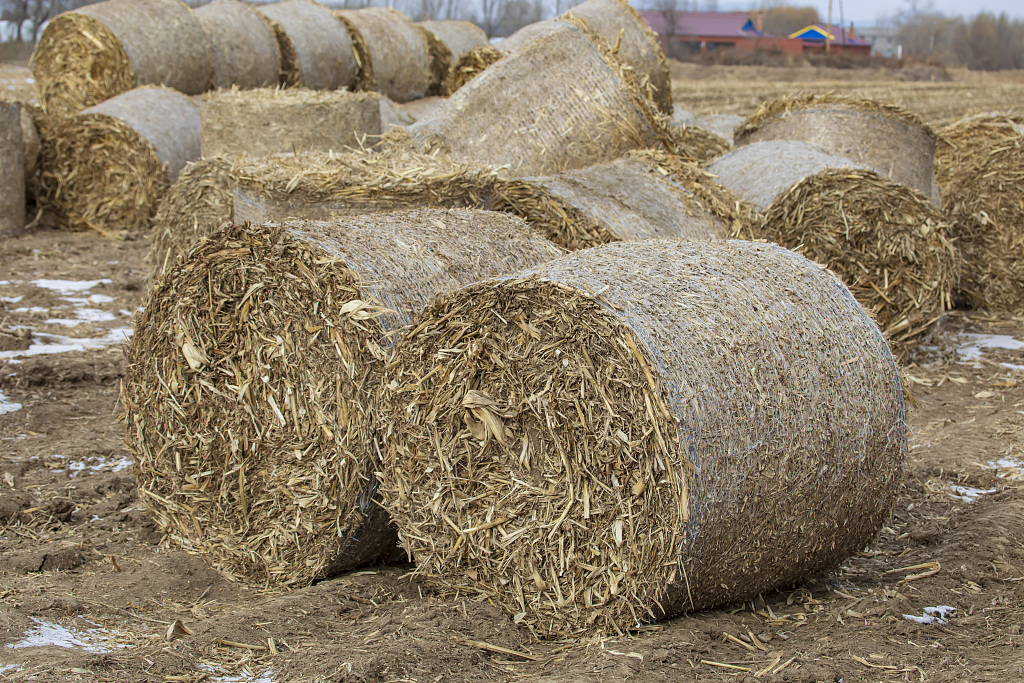Walking into residents' homes in the city of Erdos, north China's Inner Mongolia Autonomous Region, you will find little boxes that connect heating pipes in the house.
Instead of using coal stoves to make the house warm, now residents use clean energy, such as solar heating and biomass heating, to get through the winter.
Inner Mongolia is home to 57 percent of the country's wind energy resources and more than 21 percent of the solar energy resources. Amid China's efforts to cut carbon emissions and promote renewable energy, an increasing number of people are bidding farewell to traditional coal-fired heating.
Since November 1, all heaters in northeast China's Liaoning Province have been turned on. As the lowest outdoor temperature reaches minus 14 degrees Celsius, the temperature has exceeded 18 degrees Celsius in many residents' homes.
What do they use to generate heat? The corn stalks commonly found in rural areas are collected, reused and burned in a single boiler for centralized heating. Compared with coal-fired heating, the stalks contain less polluting factors such as sulfur and phosphorus, and coupled with the application of efficient dust removal technology, such heating system is cleaner and more environmental-friendly.
In addition to using stalks directly for heating, stalks can also be used as biomass power generation.

Corn stalks are collected and packed in the field of Houtongxi County, northeast China's Jilin Province, December 13, 2022. /CFP
Corn stalks are collected and packed in the field of Houtongxi County, northeast China's Jilin Province, December 13, 2022. /CFP
In Tieling, a county in Liaoning Province, a biomass cogeneration power plant mainly uses rice husks, wheat stalks, corn cobs and waste wood, which are common in rural northeast China, as fuel. In addition to power generation, the power plant also undertakes about 750,000 square meters of heating area in the county, and can treat about 340,000 tonnes of agricultural and forestry waste every year.
The power plant can consume all the stalks within a range of 80 kilometers every year, which not only solves the pollution problem caused by improper handling, but also brings additional income for farmers from selling stalks.
"The biggest advantage is that it can be recycled. Agricultural and forestry waste can be collected year after year, and will not be affected by the changing seasons," said Qi Dengli, the manager of the power plant.


